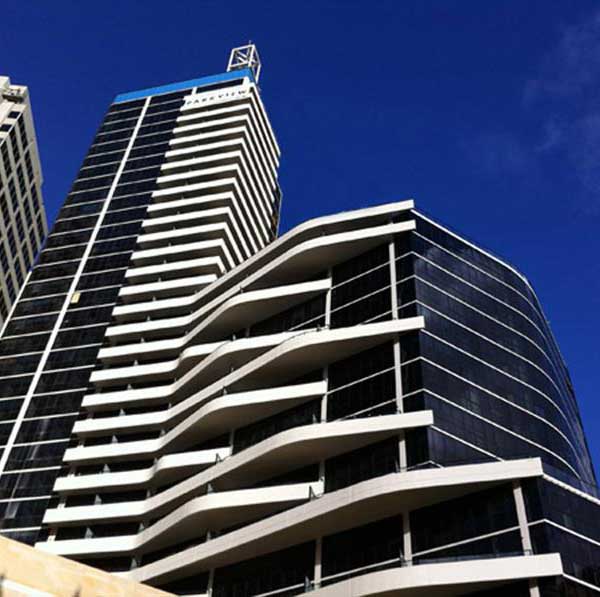Strata title is a type of property ownership that allows you to buy ownership of certain parts of a property or parcel of land or building. Individuals owning a lot within a strata complex are called “lot owner”. A lot owner of certain parts of a property or parcel of land or building within a strata complex takes ownership of their lot and shares in the “common property”. According to strata building dispute lawyers in Sydney, common property can be defined as non-included shared areas of land and buildings in a lot.
The Strata Schemes Development Act 2015 defines common property as:
“common property, in relation to a strata scheme or a proposed strata scheme, means any part of a parcel that is not composed of a lot (including any common infrastructure that is not part of the lot)”.
What Is Included in a Common Property?
Common property in a strata title scheme generally include:
- Floors (including a ramp or stairway)
- Boundary walls (including any door or window)
- Ceramic tiles attached to a common property surface (e.g. the boundary wall)
- Pipes in the common property or other servicing in more than one lot
- Electrical wiring in the common property or other servicing in more than one lot
- Installed parquet and floorboards
- Plaster ceilings, vermiculite ceilings, and cornices
- Magnesite finishes used on the floor.
Balcony walls and doors, the slab dividing two storeys of the same lot, one storey from an open roof space, and garden areas of a lot are usually considered common property (only if the strata plan was registered after 1st July 1974).
In addition, common property may also include:
- Any pipes, wires, cables, or ducts that serve more than one lot
- Any lot enclosed by a structure surrounding any of these pipes, wires, cables or ducts
How To Identify Common Property?
To identify whether certain parts of a property or parcel of land or building are common property, one must inspect a copy of the registered strata plan and search for the common property title. You can obtain both documents from NSW Land Registry Services.
The following general principles applicable are:
- The registered plan describes the cubic spaces that form the strata lots.
- Everything not defined as part of a lot is common property.
- The plan that defines the boundaries of a lot is described as the floor plan(s).
- Each lot can be considered as a cubic space or a number of cubic spaces.
Boundaries in common property of each lot are generally formed by:
- the upper surface of the floor;
- the undersurface of the ceiling; and
- all external or boundary walls.
If you are unsure about the boundaries of lots, always refer to the registered strata plan. The common property is usually displayed on the registered strata plan by thick black lines.
Can An Individual Owner Make Alterations To Common Property?
If the owner of the lot wants to make some alterations or additions to any part of the common property, they must obtain the permission of the owners corporation pursuant to special resolution of the owners corporation in general meeting. The owners corporation will make necessary decisions to pass a common property rights by-law, providing the individual owner with the right to make changes to the common property.
Our experienced strata specialist lawyers have in-depth knowledge of strata law in NSW and can assist you with all aspects of strata. For queries related to strata schemes and by-laws, talk to our legal experts on 02 8324 7565.
Disclaimer: This is commentary published by Pobi Lawyers for general information purposes only and should not be relied upon as specific legal advice. You should obtain your own legal advice specific to your circumstances before you take any action or otherwise rely upon the contents of this article. The content of this article is subject to change.



Recent Comments